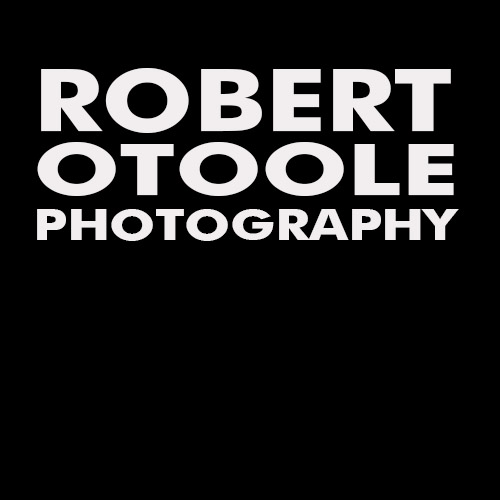Robber Fly, Dysmachus trigonus, southern Hungary, Europe. Robbers are interesting to watch and photograph, they can take prey larger then themselves. Nikon D800E, Sigma 180mm f/3.5 EX APO Macro HSM lens, single Nikon SB-R200 flash with diffuser @ 1:8 power, handheld, Manual mode 1/250th sec at f9, ISO 200. Image copyright 2012 Robert OToole Photography
Almost any flash will work well for close up but remember to always place the flash as close to the subject as possible for the best light quality, and always use of a flash diffuser for softer lighting. Choose a flash that allows you the capability to control the output with manual control or exposure compensation. Low size and weight are very important considerations when choosing a flash for hand held use.
If you have trouble holding the camera steady, monopods are fast enough to use for close up work without all the bulk and weight of a tripod.
Considering a ring flash or dual flash set up from Canon or Nikon? This type of system is really suited for scientific applications. They are heavy, expensive and a little large to have to carry for long hours in the field. A single small flash is all you need for good results in the field.
The downsides to a macro flash set up is most of all the initial cost then there is the extra weight and extra set up time. The macro flash set up does not have to be expensive, my current Nikon set us was less than $250.
My current macro gear set up
I will post a complete breakdown and description of my macro equipment in a few days but this image will give you a good idea of what the system looks like. At the front you have a single Nikon SB-R200 attached to a Nikon XS-1 adapter ring mounted to a Sigma 180mm macro lens mounted on a Nikon D800E, simple, fast and deadly sharp.
After shooting macro with Canon DSLRs for about 7 years and Nikon for the past 5, I have to say the set up as seen below is about as close to macro gear perfection as you can get, super sharp, light, quick, responsive and wireless. Nothing can come close to matching this set up in terms of portability, reach, resolving power and it is all available off the shelf for a a very low price, that is if you find a D800 or D800E in stock that is. You do not have to use the same equipment as I do, a shorter macro lens and an older body would work very well.
